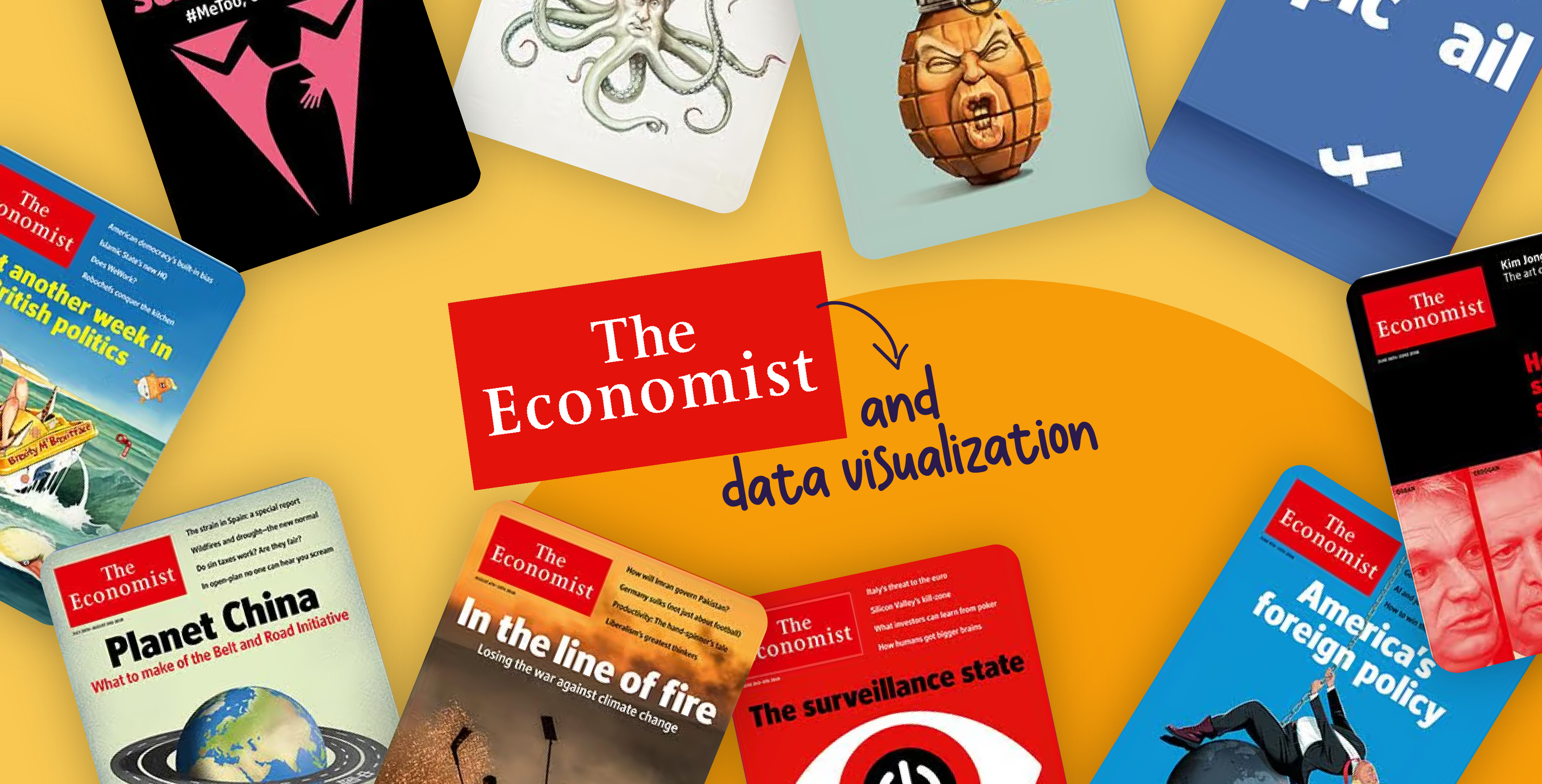15 July 2024
Being a presentation design agency, we can get pretty defensive upon learning that PowerPoints tend to have a bad rep. We get it, they can be tedious, but they’re also a medium that platforms ideas and creativity. So, why do people dislike them so much? We’d like to address the PowerPoint cynics and convert them into fans.
Why do we still need PowerPoint?
You might be thinking, do we actually still need PowerPoint presentations? And why not? Several reasons made them an essential tool in our world, and those reasons haven’t disappeared.
They help co-facilitate
PowerPoints are the ultimate wingman. They bolster you during your presentations and support your ideas with visual aids. Simple slides can summarize your main points alongside straightforward, engaging images or GIFs. Your slides can speak for you. If you’re dealing with a dry audience, you can have your slides pose questions that you can bounce off of and answer to keep the presentation running smoothly. Sometimes, you can even use a silly image or text to take your audience by surprise and keep them engaged.
They respect visual learners
You might be familiar with the various types of learners: those who learn by seeing, doing, or listening. Otherwise known as visual, kinesthetic, and auditory learners. Presentations are often speeches, which can be great for auditory learners but can risk losing visual learners. PowerPoint slides allow the visual learners in your audience to process the information you are presenting by aligning images and texts. The visual elements in PowerPoints can also act as visual cues that help keep everyone on the same page.
The advanced features
One of the ways to keep your PowerPoint presentations relevant is to take advantage of the many hidden or not-so-hidden features. Using game templates, for example, for games such as Jeopardy or Family Feud can shake things up and offer a change of pace for your audience members. There are also action buttons that use hyperlinks to encourage the audience to participate in a presentation and challenge the typical linear structure of a PowerPoint. Other features, such as creating a custom slide show or keyboard shortcuts, make it a convenient and helpful tool for simplifying presentations.
Why don’t people like PowerPoint?
Still, PowerPoints can be unpopular. This is why we dedicate our services to ending the so-called Death by PowerPoint by providing alternatives to the many presentation pet peeves. And we agree, presentations are often misunderstood and misused. Let us look at where most people get them wrong, and how to readjust these common mishaps.
Dependence on PowerPoint slides
PowerPoint slides are made to showcase points the presenters want to make, from data to summaries to images. However, presentations become dull very quickly when the presenter only reads the slides aloud and entirely relies on them. Although presenters will spend a lot of time preparing their slides, in the end, it really comes down to what they know about the material. But even if the information is valuable, the audience will have a hard time connecting if there isn’t an effort to really address them. Eye contact and body language become essential for presenters to communicate their interests and passions. When a presenter prepares well and knows their material, they can loosen up and speak freely without constantly relying on their notes. If the speaker isn’t compelling enough on their own, PowerPoint can only do so much.
Slides are not enough on their own
When a presenter relies too much on their slides, they tend to skip over information, assuming that the audience is reading everything on screen. Just because a point was included in a slide does not mean that the presenter shouldn’t address it. Otherwise, it will very likely be forgotten. There are ways to combat this; of course, we suggest including points in your presentations that you plan to elaborate on. You could also distribute handouts or display a flipchart that has all the main information that the audience could refer to throughout the presentation.
Generic templates and clipart
It goes without saying that much of the clipart and templates in PowerPoint have become outdated and tacky. Using them could turn off your audience from your presentation. A little creativity in your presentation design can do wonders for your audience’s attention. Luckily, there are hundreds of innovative and stylish presentation templates available online, or you could consult a presentation design agency (such as ourselves) for original and captivating PowerPoint design. Visual consistency also influences how your audience perceives your presentation and overall brand, establishing the presenter as a trustworthy source on the subject matter.
Common PowerPoint mistakes and how to fix them
Be the change you want to see in the world. There is no reason to give people any more reasons to dislike PowerPoint. If you catch yourself falling into these common PowerPoint mistakes, it’s not too late to change course and fix it.
It’s not interactive
Audiences are more involved when they can interact with the material, and they can retain the information better. Many presenters tend to overlook this point in favor of getting through the presentation slides. But when there’s no incentive for the audience to participate, they lose interest. Presenters can be hesitant to include interactive segments in their presentations for fear that things will fall out of their control. But when you learn to cultivate the confidence to lead an audience, managing a room of people becomes less daunting. Set aside allotted time for your audience to speak their minds, and don’t be afraid to respectfully remind them of their time limit. For a Q and A session, you can have the audience write down their questions throughout the presentation to make that portion smoother.
Exceeding the time limit
The most exhausting kind of presentation is one that goes on for too long. When a presenter goes over the time limit, not only does it tire out and bore your listeners, but you also risk coming off as disrespectful of their time. Remember that a PowerPoint presentation is used for an overview, not a report. Take your suggested time slot seriously. One way to ensure sticking to the time limit is by practicing your presentation beforehand and timing yourself. That way, you can decide which points to include that serve your main idea.
Reading the slides aloud
A super common mistake we touched on earlier is relying a little too much on your PowerPoint by reading out the text on your slides or notes. Even if your information is valuable, the audience will have a hard time connecting if there isn’t effort on your side. Address your audience by making eye contact and using your body language to communicate your interest and passion. Much of this comes down to preparation. When you prepare well and know your material, you can loosen up and speak freely without constantly relying on your notes to talk.
Too much text
Another common side effect of relying too heavily on your PowerPoint is cramming your slides with far too much text. Your audience should not have to split their attention between your slides and your speech. If the audience has to divide their attention to different areas, you will lose it entirely. Only list your key points in your slides, highlighting the most important information and limiting your text to a few lines. You could ask yourself what main ideas you want your audience to walk away with, and summarize them in your slides.
Lack of emotional engagement
Being in a business setting, you might feel the need to present a pragmatic and objective version of yourself, but being emotionless doesn’t serve your presentation. Finding ways to emotionally engage with your audience, whether by telling a story or using relatable analogies, can build a connection. A good way to highlight the emotional perspective of your presentation is framing it around “why” questions. Why did you start your project? Why was it important? Why was it challenging? Why did it need to be accomplished? The answers would almost always bring out a more humane element of your material.
Ineffective visuals
Less-than-ideal slide design can distract from the content of the presentation. Flashy and contrasting colors, obnoxious fonts, too many images, and showy transitions are all unnecessary additions that make your presentation appear unprofessional and gaudy. PowerPoint indeed has many convenient and valuable features, but there is no need to include them all at once. It is best to opt for a clean, simple design with a pleasing color palette and unique structure rather than overdone, crowded slides with far too much going on.
Despite the less-than-flattering sides of PowerPoint presentations, they remain a valuable tool for sharing world-changing ideas. The key is finding ways to harness the common presentation setbacks and turn them into effective communication methods that win over your audience. The world of presentations is constantly changing and growing, which offers opportunities for more creativity and flexibility. Learning how to adapt to the audience’s needs is a skill set that is never done evolving.






